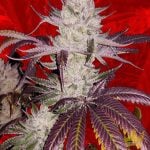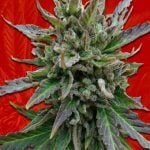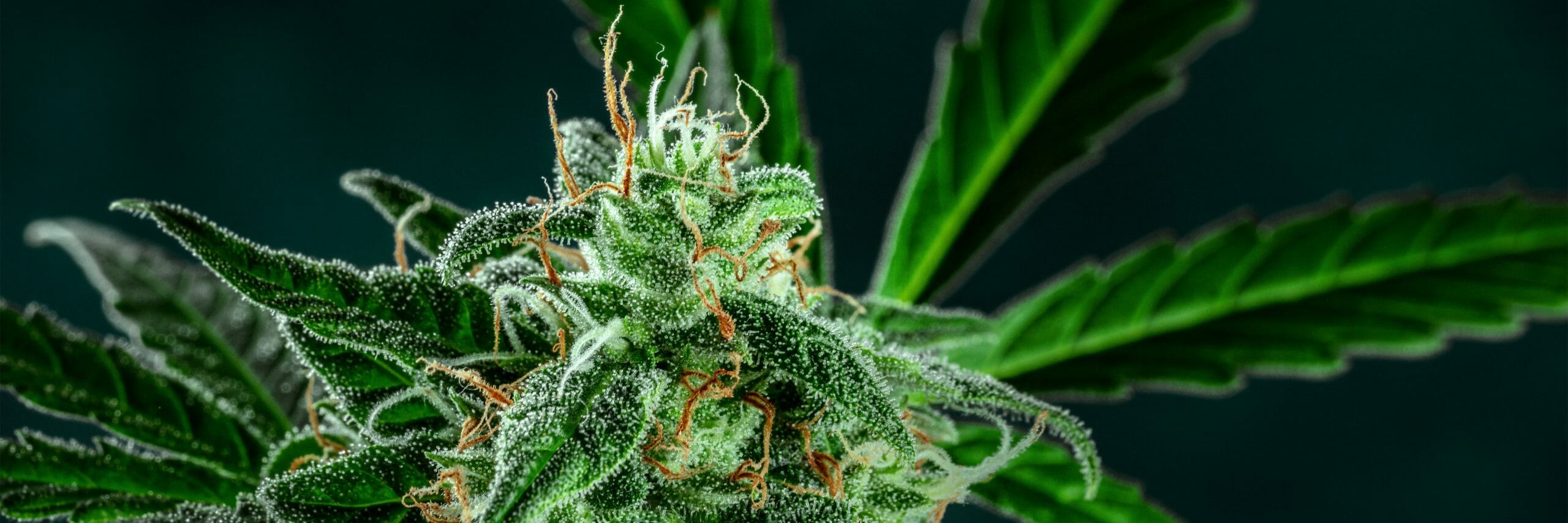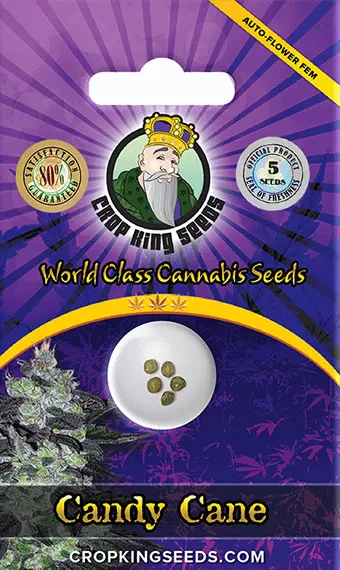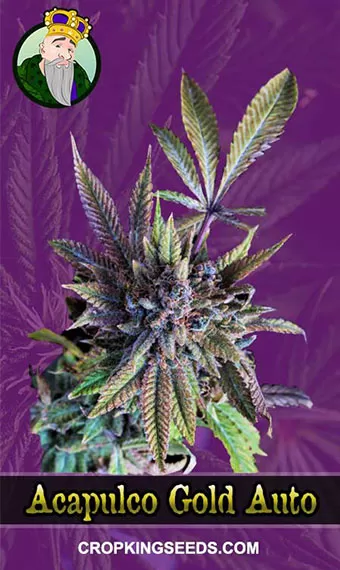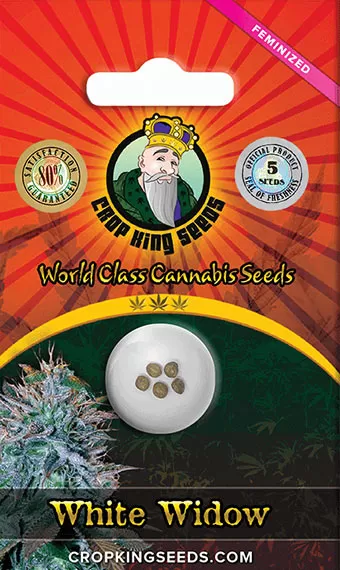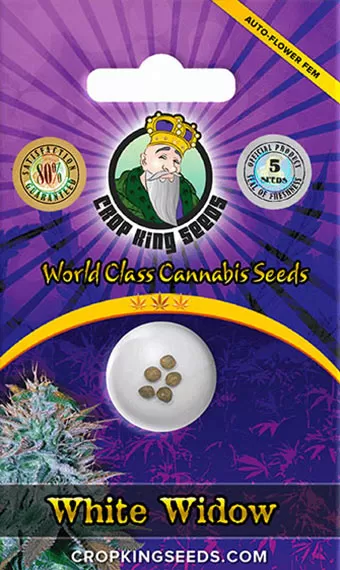Few things in life are as satisfying as enjoying the fruits of your own harvest, particularly when said harvest consists of high-quality cannabis. Taking care of marijuana plants has become more popular than ever as the rampant push toward widespread legalization continues.
If you live in a state where you can legally cultivate marijuana plants, then you know how tricky the process can become. From germinating your seeds to properly caring for them during the crucial flowering stage, many tips and tricks can make your journey an easier one.
Let’s take a brief look at the varying stages of cultivating marijuana before we spend some time expanding on the flowering stage.
Properly Germinating Your Seeds
Every great harvest begins with a single seed. A viable seed will typically have a brown appearance, feel hard to the touch, and occasionally sport stripes and striations across its body. Seeds that are weak, white, or light green in color are probably undeveloped and considered unhealthy.
Germinating cannabis seeds can be done both indoors and outdoors, though growers might find more success inside. Germinating seeds should include a focus on limiting exposure to temperature swings, pests, mold, and wind. The use of a humidity dome is also suggested to foster quicker growth.
How to Foster Seedling Growth
Once your plants have germinated, they enter the seedling stage. At this point, keep your weed seedlings in moist conditions and relatively warm. Lighting should stay present throughout the course of the seedling stage (roughly two to three weeks, depending on the strain). During this time, small round leaves known as cotyledons will appear. At this point, your plant has entered its vegetative process.
To help facilitate healthy growth during the seedling stage, growers can focus on supplying their plants with the following:
- Temperature – Steady temperatures between 72 and 79 degrees Fahrenheit.
- Proper Lighting – Low light intensity sourced from LED lights or low-wattage fluorescent bulbs.
- Safe Handling – Safe distance from lights to keep the plants comfortable. During this phase, it is important to keep your seedlings in a small pot with adequate drainage.
- Nutrition – Seedlings need only a small dose of nutrition to foster growth. Too many nutrients will quickly lead to nutrient burn.
Tips for Marijuana Plants During Vegetative Growth
The vegetative stage is considered one of two primary growth stages for your cannabis plant. During the vegging stage, your plant will develop the foundations that provide a bountiful harvest in the weeks to come.
After your marijuana has sprouted its first set of fan leaves, the plant officially enters its vegetative stage. As the plant continues to grow stems and leaves, its energy will focus on expanding roots throughout the growing medium. During this stage, weed will grow to the maximum height and size allowed for by its growing conditions. The larger your growing area, the more powerful your light, and the larger the container all impact the vegetative stage.
During the veg phase, you will make several important discoveries regarding your cannabis.
- Determine Plant Sex – First and foremost, you need to know if you are growing a male, female, or hermaphrodite plant. Female plants develop buds that are ideal for consumption, while male and hermaphrodite plants do not. Male preflowers develop quickly, and they are the easiest sign of plant sex.
- Calculate Pot Size – The size of your plants will be determined by multiple environmental factors, including the size of your pot and the nutrition that you deliver to it. The larger the growing space, the larger the system of roots.
- Control Humidity – Stable humidity in the 50 percentile area will allow your plants to prosper during the vegging stage of your weed. Utilize a well-rounded environmental control system to keep your growing room comfortable.
Once buds begin to appear and you’ve secured your female plants, it is time to leap into the flowering stage.
Flowering Cannabis Plants: How to Handle Them
As your marijuana begins to manifest buds, it is important to adhere to a strict schedule to maximize your potential harvest. What does this mean in practice? It means that you must carefully attend to lighting and nutrition programs for the final weeks of the plant’s life as they will have a massive impact on the yield.
Let’s break down the flowering process into stages so as to better wrap our minds around what we must do.
Initiation – Weeks 1–3
As you shift into your lighting schedule (12 hours on, 12 hours off) your plants will begin to grow and stretch dramatically. Plants can double and even triple in size during this phase. Pay careful attention to the white hairs known as pistils as they signal that a female plant has begun to produce its pre-flowers. This is a good sign of things to come!
By the end of the third week, plants will have developed solid bud sites among the plant nodes. Savvy gardeners will notice clusters of these preflowers.
Mid Flowering – Weeks 4–5
At this point in the life cycle of your plant, your weed should have stopped growing upwards. Instead, you should now notice that the buds of your plant have begun to fatten up while the pistils themselves have darkened. To continue this prosperous growth stage, make sure to maintain a solid feeding schedule with the appropriate nutritional changes as flowering demands. The better buds you produce, the stronger their aromatic and resinous components will become.
Flowering / Ripening – Week 6–Harvest
The final few weeks of plant cultivation are when your buds will gain the most weight. Sticky to the touch and ripe to the nose, growers can basically taste their weed at this point. Depending on the strain, growers may notice white pistils with cream and brown striations. Trichomes may also change colors, and these color shifts are indicators as when to harvest.
Time to Harvest – Week 8+
After the eighth week of the flowering stage, buds will finish fattening up. Trichome production will increase, and the pistils will change colors. At this point, you can perform a final flush before harvesting your plant. The final moment of harvest may change depending on the desired effects and flavors desired by the grower.








